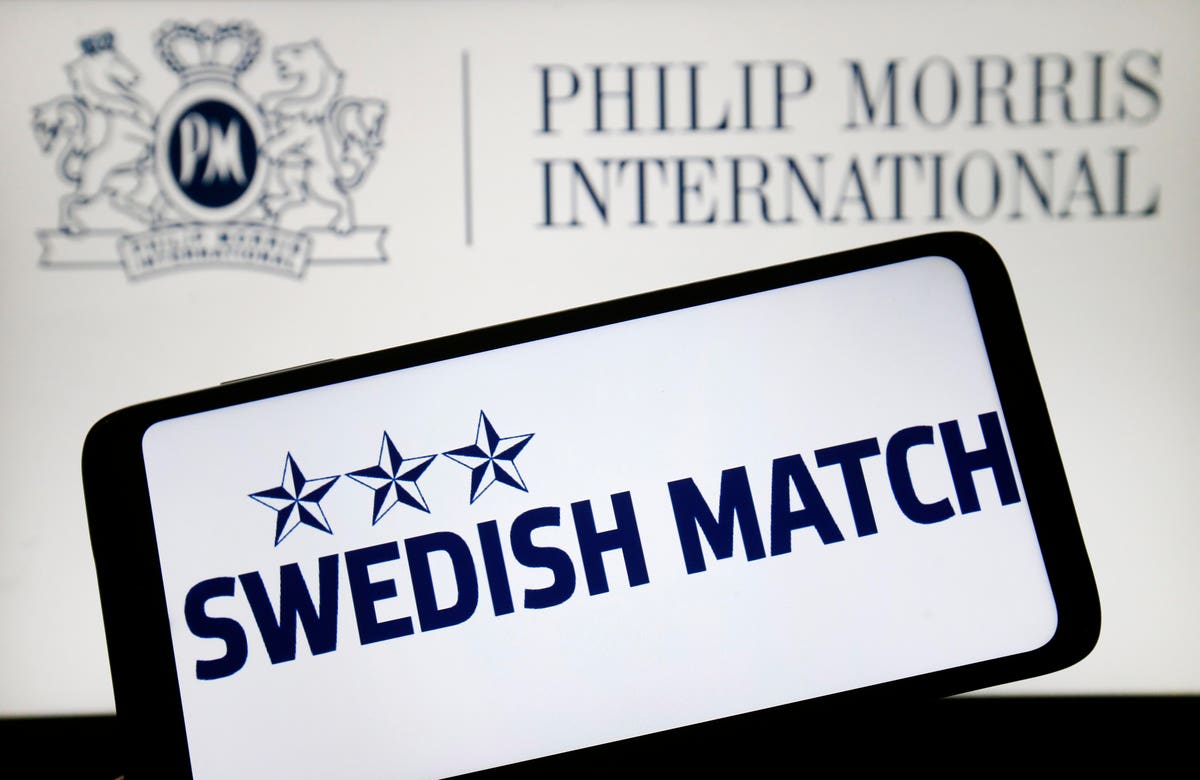Philip Morris stock (NYSE: PM) currently trades at $91 per share, around 19% below its level of $112 on Feb 17, 2022 (pre-inflation shock high), and it seems like a good investment opportunity. Philip Morris saw its stock trading at around $99 at the end of June 2022, just before the Fed started increasing rates, and is still 8% below that level. In comparison, the S&P 500 gained about 10% during this period. The stock price has suffered over recent months due to a Q1 decline in the volume of cigarettes sold, lower margins, and a cut in the full-year 2023 outlook.
Returning to the pre-inflation shock level means that Philip Morris stock will have to gain more than 23% from here. While it’s likely that the stock may recover to those levels, we estimate Philip Morris’ valuation to be around $107 per share, about 16% above the market price. This is because the recent uncertainty in the financial sector has made investors concerned about a potential recession. Philip Morris’ business may see an adverse impact on its volume if the U.S. economy were to go into recession, with customers shifting to lesser-priced alternatives.
Our detailed analysis of Philip Morris’ upside post-inflation shock captures trends in the company’s stock during the turbulent market conditions seen over 2022. It compares these trends to the stock’s performance during the 2008 recession.
2022 Inflation Shock
Timeline of Inflation Shock So Far:
- 2020 – early 2021: Increase in money supply to cushion the impact of lockdowns led to high demand for goods; producers unable to match up.
- Early 2021: Shipping snarls and worker shortages from the coronavirus pandemic continue to hurt the supply
- April 2021: Inflation rates cross 4% and increase rapidly
- Early 2022: Energy and food prices spike due to the Russian invasion of Ukraine. Fed begins its rate hike process
- June 2022: Inflation levels peak at 9% – the highest level in 40 years. S&P 500 index declines more than 20% from peak levels.
- July – September 2022: Fed hikes interest rates aggressively – resulting in an initial recovery in the S&P 500 followed by another sharp decline
- Since October 2022: Fed continues rate hike process; improving market sentiments help S&P500 recoup some of its losses.
In contrast, here’s how Philip Morris stock and the broader market performed during the 2007/2008 crisis.
Timeline of 2007-08 Crisis
- 10/1/2007: Approximate pre-crisis peak in S&P 500 index
- 9/1/2008 – 10/1/2008: Accelerated market decline corresponding to Lehman bankruptcy filing (9/15/08)
- 3/1/2009: Approximate bottoming out of S&P 500 index
- 12/31/2009: Initial recovery to levels before accelerated decline (around 9/1/2008)
Philip Morris and S&P 500 Performance During 2007-08 Crisis
PM stock rose from nearly $25 in September 2007 to $55 in August 2008 (pre-crisis peak) and fell sharply to $33 in March 2009 (as the markets bottomed out), implying PM stock lost over 40% of its pre-crisis value. It recovered post the 2008 crisis to levels of around $48 in early 2010, rising roughly 44% between March 2009 and January 2010. The S&P 500 Index saw a decline of 51%, falling from levels of 1,540 in September 2007 to 757 in March 2009. It then rallied 48% between March 2009 and January 2010 to reach levels of 1,124.
Philip Morris Fundamentals Over Recent Years
Philip Morris’ revenues rose from $29.8 billion in 2019 to $31.8 billion in 2022. This can be attributed to better price realization and continued growth in heated tobacco units, which more than offset a slight decline in cigarette volume in 2022. Philip Morris’ EPS also increased from $4.61 to $5.82 per share over this period. The earnings growth was driven by higher revenues and a 350 bps operating margin expansion to 36.6% in 2022. Our Philip Morris Operating Income Comparison has more details. Philip Morris acquired Swedish Match, Scandinavia’s largest snus (a moist smokeless tobacco product) manufacturer, in Q4 last year, which will aid future sales growth.
Does Philip Morris Have A Sufficient Cash Cushion To Meet Its Obligations Through The Ongoing Inflation Shock?
Philip Morris’ total debt increased from $31.0 billion in 2019 to $43.1 billion in 2022, while its total cash decreased from around $6.9 billion to $3.2 billion over the same period. The company also has long-term investments, which have been between $4 billion and $5 billion. It also garners about $11 billion in cash flows from operations. Given the higher cash flows, the company will likely be able to meet its near term obligations.
Conclusion
With the Fed’s efforts to tame runaway inflation rates helping market sentiment, we believe Philip Morris stock has the potential for solid gains once fears of a potential recession are allayed. That said, the pressure on the company’s balance sheet remains a risk factor to realizing these gains. This clubbed with fears of a potential recession and its impact on the cigarette volume means it may take some time for PM stock to reach its pre-inflation shock highs of over $112.
What if you’re looking for a high-performance portfolio with a low downside instead? Here’s a reinforced value portfolio that has beaten the market consistently while limiting losses during periods of sharp market declines.
Invest with Trefis Market Beating Portfolios
See all Trefis Price Estimates
Read the full article here












